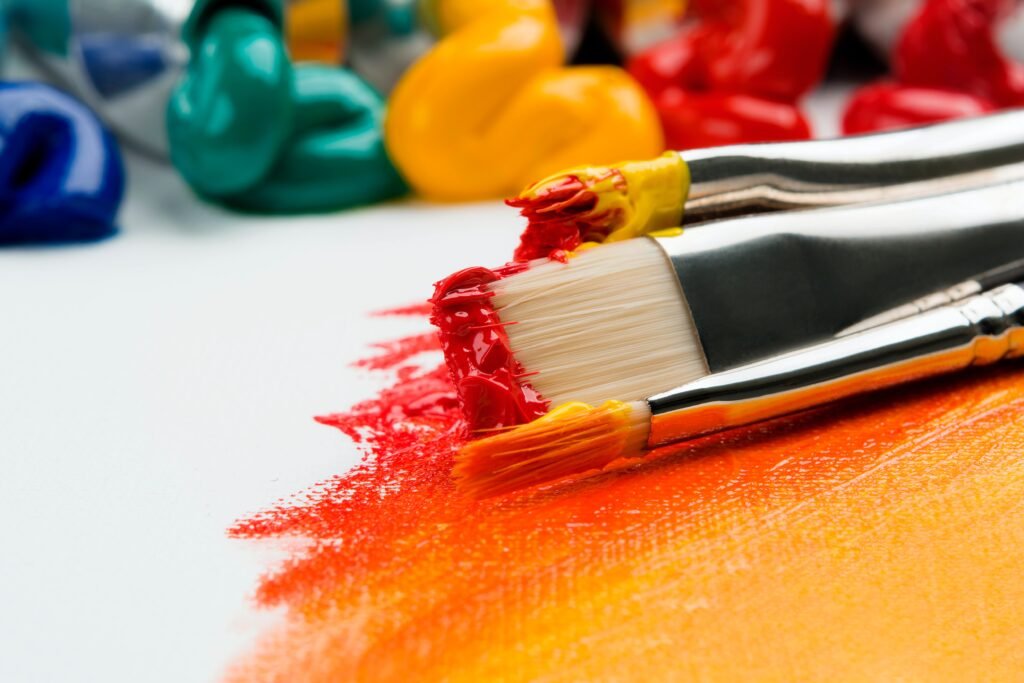
Painting and the art that comes from it are often associated with the wealthy and eccentric, but this isn’t how things should be. Everyone experiences bouts of inspiration from time to time, and it only makes sense to channel them into art – be it writing, woodworking, 3D modeling, painting, or whatever. So if you wish to take up this hobby, know that there are no entry barriers, just a few things to keep in mind if you want to achieve steady progress. Let’s go over some tips that’ll be valuable to beginner painters.
1. Get a feel for painting with a kit
One of the easiest approaches is painting by numbers. This involves buying a kit that already has the outline of the painting on the canvas, and often with basic painting supplies like brushes and paint packaged inside. The canvas has dozens (if not hundreds) of labeled sections – all that’s left to do is to paint the sections in accordance with a color plan. This should help you master the technique of piece-by-piece painting.
2. Use real physical references
In countless guides and tutorials, amateur painters are advised to try painting an image that already exists – such as nature. While this does take some mastery, you can learn a lot more by using your real surroundings as a reference. This will better help you understand how light falls and refracts, how to visualize depth and saturation, and which details to focus on. It may be more challenging, and you’re bound to make a few mistakes along the way, but these are vital first steps.
3. Look for inspiration everywhere
When it comes to freeform painting (as opposed to capture based on reference), inspiration is key. Some forms of abstract art can be created by throwing paint at a canvas – but if you want to draw objects, scenery, and creatures with forms, you’ll need some inspiration. As you plan for your next painting, think about the mood/message you want to convey, and which subjects will best serve as a vehicle for this goal. You can also look at existing works that tackle the same subject matter, and put your own spin on it.
4. Use multiple brushes
You’ll find it very challenging to complete every painting with a single brush. The reason is that brush length and thickness inform the lines and shapes you can put on the canvas – a single brush will inevitably be too big or too small for everything. You’ll have a much easier time working with four or more brushes – along with other tools like: scrapers, palettes, gloss, etc.
5. Keep plenty of water handy
In painting, water isn’t just used for cleaning the paint off the brush. Another use you might not be aware of is misting – spraying droplets on a section of paint to keep it from drying. It can also be used for thinning paint if the color is too saturated. A good painter always keeps at least two jars of water in their workspace.



